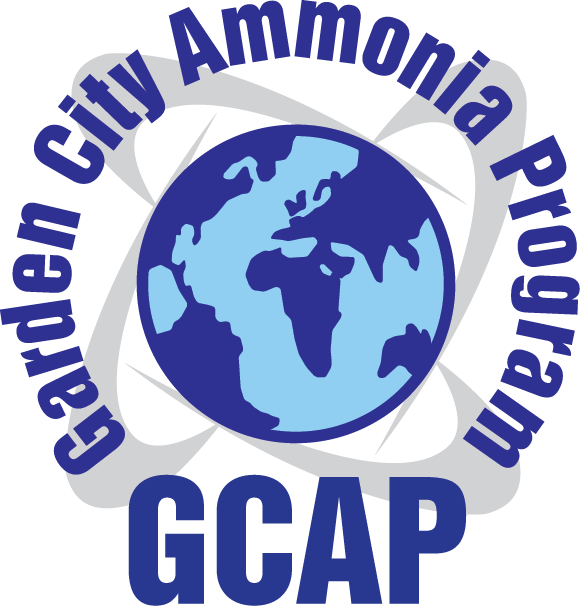Boiler Technician Level Two
(FOURTH Class Engineer)
Requirements: Must Complete Level One First (Low Pressure)
Minimum age: 18
Education: High School Diploma/GED or Equivalent and 3 credit hours of boiler training
Experience: One Year
Examination: Written (Oral or Practical when necessary)
Maximum Prime Mover Hp: (Unsupervised) 500 Hp
Maximum Boiler Hp: (Unsupervised) 35 Bhp HP - Unlimited LP Maximum
Note: With 6 credit hours of an approved classroom training and two years experience, this can constitute the first half of an apprenticeship program.
Training Material Used:
High Pressure Boilers Frederick M. Steingress, Harold J. Frost, Daryl R. Walker, Third Edition
Power Points Programs build By Randy Williams
Material used from Cleaver Brooks, Superior Boilers, Columbia, Nebraska, and many others.
Testing Fundamentals
1. Two Common Types of Boilers - Fire tube and Water Tube:
2. Stays: Placement, purpose, types, description, care advantages of various types, potential failures.
3. Heating Surface: Meaning of these terms, grate Surface, fire line, water level, fire tubes, water tubes.
4. Cleaning and inspection of boiler settings.
5. Starting clean boilers: Manhole covers, how replaced and removed, rising steam, cutting into live steam header, banking boiler and starting after banked.
6. Dangerous conditions: When a boiler should not be operated. Causes of boiler tube failures and starting after having been banked.
7. Corrosion, pitting, priming and foaming, bulging, bagging: Meaning of each, where found and how created, dangers and remedies.
8. Water column: Placement, function, how held in place, length, care, what could affect its efficiency, maintenance, valves and cocks needed, how and when tested, maintenance, potential failures, how and when tested.
9. Water glass: Placement, function, how held in place, length, maintenance, potential failures, how and when tested.
11. Steam Gauge and siphon: Placement, principle, function, care maintenance, how and when tested.
12. Safety Valve and rupture-discs: Placement, function, care, maintenance, how and when tested, description, potential failures, adjustment for pressure.
13. Elementary combustion: Mixtures of combustibles and air, methods of application and how controlled, purpose of setting, dampers, draft, chimneys or stack, hand firing methods, heating values of anthracite or bituminous coal, oil and gas.
14. Operation of oil or gas burners and electric boilers: Installation, starting care, possible failures, controls, safety devices.
15. Operation of stoker: Starting, purpose, maintenance, care, potential failures, advantage and disadvantages.
16. Feedwater, piping and valves: Location, care, maintenance, potential failures. Reason for valves on piping, how kept in good condition. Reason for internal pipe.
17. Blowdown valves, piping and tank: Location, purpose, potential failures, care.
18. Steam non-return valve, expansion joints, heaters, steam separator, sight feed lubricator, steam trap, reducing valve, Feedwater regulator: Function care and location.
19. Pumps - Simplex, duplex, vacuum, centrifugal. Care, maintenance, purpose, potential failure, remedies, description.
20. Injectors, ejectors, and eductors: Function, principle, care, maintenance, cleaning and inspection, how often, purpose, valves.
21. Air compressors: Dangers in operation, maintenance, correct operating procedure.
22. Refrigeration compressor, condenser, receiver, evaporator, purge, expansion valve, charting, liquid, suction, discharge, cross over valves: Purpose, location, dangers, correct operation procedures.
23. Feedwater heaters: Types, purpose, advantages, methods of heating Feedwater, applications, potential failures.
24. Steam plant accessories: Back pressure valves, non-return valves, throttle valves, expansion joints, feedwater regulators, steam separators, sight feed lubricators, steam traps, reducing valves, sprinkler systems, function, location, operation and care.
25. Steam condensers: General knowledge of condensers, where, how and why the are used. General care and upkeep of condenser auxiliaries.
26. Steam Engines: Types, setting valves, purpose of flywheel, eccentric, governor, cross head, lap and lead, angle of advance, valve travel and cut off, methods of lubrication, and application to various parts, starting and stopping, maintenance and care.
27. Steam turbines: Types, general knowledge of lubrication system, governors, and throttle valves.
28. Electrical equipment: Fuses, cut outs, relays, switches, circuit breakers, purposes and comparative applications. Dangerous conditions in operation of a motor. Prevention of starting. Size of fuses. Carrying capacities of wares for lighting circuits. Volts, ampere, watt, ohm, D.C., A.C. electrical conductor, electric insulator. Meaning of these terms. Difference between an electric generator and motor.
29. Operation and maintenance of controls.
30. Air pollution and ecology.
31. Heating, air conditioning and ventilation: methods, controls, meaning of water hammer, piping arrangements, radiation, vacuum and plenum systems in mechanical ventilation, gravity vacuum and plenum systems in mechanical ventilation, gravity and vacuum stem system. Care and maintenance.
32. Feedwater treatment: meaning, purpose, how applied and controlled, dangers of over-treatment and under-treatment.
33. Scale and Mud: Where found, cause, prevention, effect, dangers, removal.
34. Mathematics: A knowledge sufficient to solve any simple problem involving division and multiplication.
35. Plant Safey

Copyright 2011 - Garden City Ammonia Program - All Rights
Reserved
|
